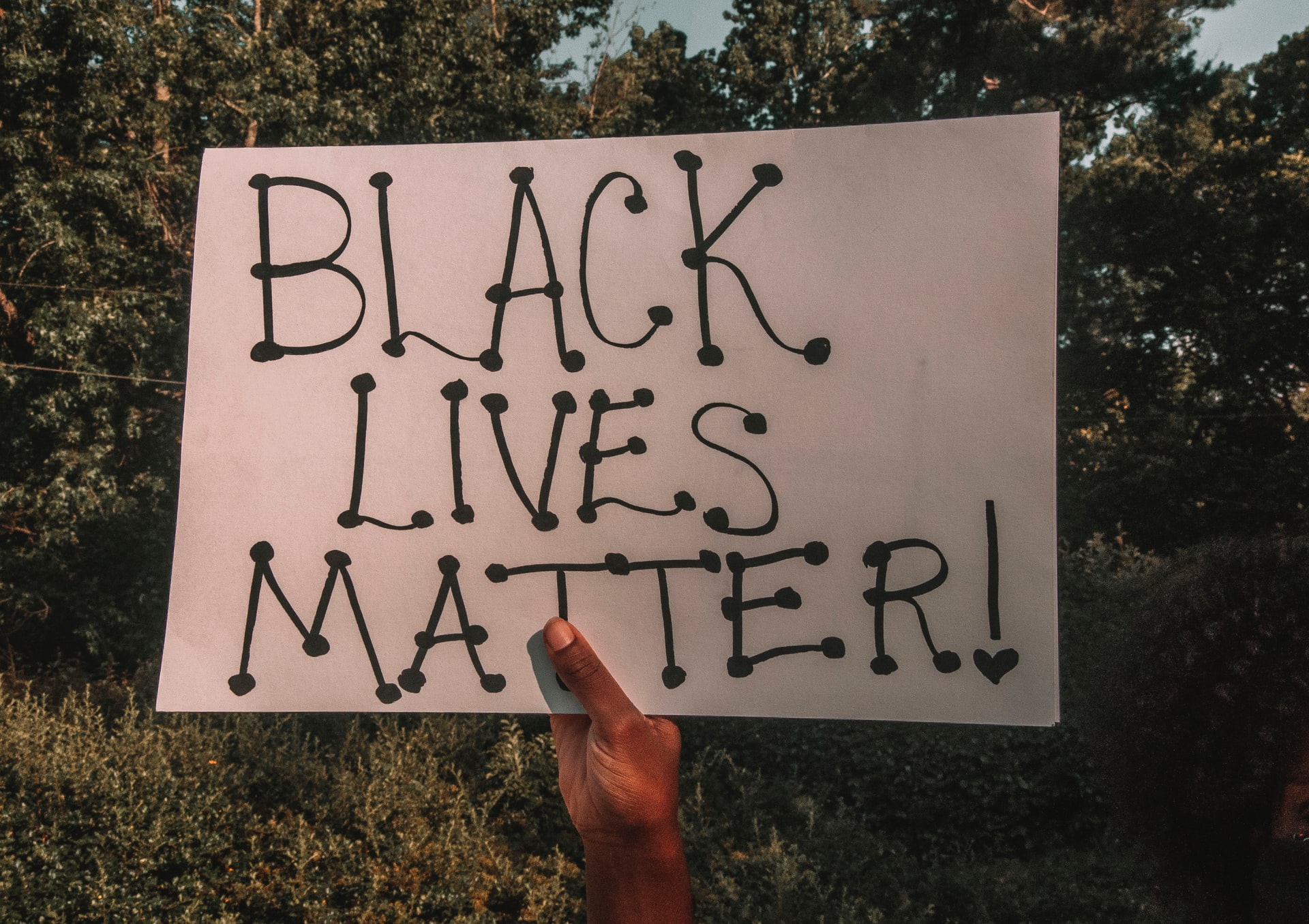It is important for CEOs, People leaders and managers to be aware of commonly used and trending terms within the realm of diversity, inclusion, sensitivity, and belonging as we navigate the rapidly evolving social landscape. When certain terms become ubiquitous in the culture, they can serve as helpful shorthand for people who are trying to address crucial issues within the workplace.
Here’s a look at the top five terms, and their accompanying definitions, every leader should know for 2020:
- Intersectionality is a concept that has recently become more relevant as companies address diversity and inclusion. It brings attention to individuals and groups whose perspectives are often devalued in the workplace and the fact that the experiences, talents, and leadership of non-dominant groups are often overlooked. However, intersectionality doesn’t just refer to the bias and discrimination female, Latinx, Black, and LQBTQ employees often face – it refers to overlapping forms of marginalization that can create even greater disadvantages for certain employees. For example, while women are still discriminated against in the workplace, Black women are in many cases forced to deal with racial and gender bias (as well as disproportionate workplace stress) at the same time.
- Bias. Many managers and other employees like to say, “I don’t see color, I just see ambition, talent, and accomplishment.” This sounds nice, but is it really true? Bias is built into our brains, and we are sometimes unaware of when it will come out as it relates to hiring, feedback, development, and promotions. It can create unfair advantages and disadvantages in the workplace, even when it’s expressed unintentionally. And it can affect our perceptions of everything from gender to class to age.
- Microaggressions are verbal or behavioral cues based on influences that reinforce stereotypes and are a form of discrimination, even if intended to be humorous or complimentary. Subtle verbal exchanges, based on these biases, can unknowingly upset or offend an employee from a minority group and disparage or marginalize employees on the basis of their gender, sexual orientation, race, religion, or some other characteristic. One of the most problematic facts about microaggressions is that they’re often subtle or even unconscious – for example, an employee may ask a colleague (who happens to have nonwhite ancestry) where he or she is “really” or “originally” from. This question may seem innocent enough, but it ignores the fact that the colleague may have been born and raised in the United States.
- Allyship. The recent Black Lives Matter protests across the country have focused our national conversation on equality at every level – from the criminal justice system to the workplace. Being an ally means acknowledging our colleagues’ lived experiences, building trust in the workplace, and providing support to those who are marginalized or suffering. Allies also speak up when they see discriminatory behavior – from sexual harassment to microaggressions.
- Privilege. It’s crucial to have an honest conversation about the benefits of having a certain skin color, accent, socioeconomic background, and a wide range of other advantages. According to a study in the Journal of Experimental Social Psychology, members of dominant groups often feel threatened when confronted with evidence of their privilege. They recount all the hardships they’ve experienced and claim that they don’t personally benefit from privilege (even if they acknowledge that it exists). While everyone has experienced difficulty and suffering at some point, it’s essential to acknowledge that we don’t all get the same opportunities, and we aren’t all treated equally – an acknowledgment that will carry more weight if we make it personal.
The language we use in the workplace serves many vital functions – beyond providing a common set of references for leaders, it also demonstrates to diverse colleagues that their concerns and contributions are top priorities. Executives, HR professionals, and employees at every level of your company must work together to combat discrimination of all kinds and work toward a more inclusive workplace culture. This process begins with open communication, and the terms above can help facilitate the conversation.









